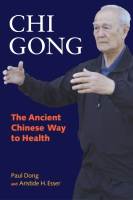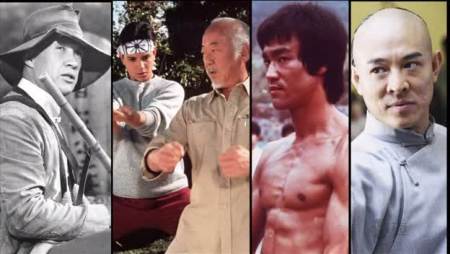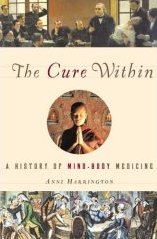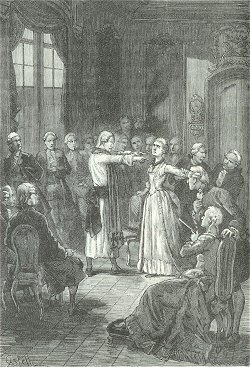By unwitting guest contributor Dean Radin, PhD…
How to Summon a Supernatural Dimwit
Let’s say we want to win a million dollar prize for rigorously demonstrating something psychic in a scientifically acceptable way.
One of the best candidates at present is the ganzfeld telepathy experiment…
A session typically takes about an hour for the two participants. For the investigator it takes another hour to prepare and to close down the session…
First, we do a power analysis to determine how many repeated sessions we have to run. Let’s say for a million dollars we are required to achieve results associated with odds against chance of a million to one. That seems like a reasonable criterion for success…
We’ll design an experiment that is run in three phases, where each phase has the same parameters: p(chance) = 0.25, p(hypothesis) = 0.32, alpha = 0.003, power = 0.99. This means that if we assume that telepathy gives us a hit rate of 32%, then if we run this experiment we’ll have a 99% chance of getting a final p-value of 0.003 or better, i.e. good evidence for telepathy.
The power analysis tells us that we need to run N = 1,147 trials to achieve this result. So now we will run this same experiment two more times, get a result each time at least as good as p = 0.003, and then the combined p-value over all three phases will be one in a million or better, or odds against chance of at least a million to one.
This requires that we run a total of 1147 x 3 = 3441 sessions.






